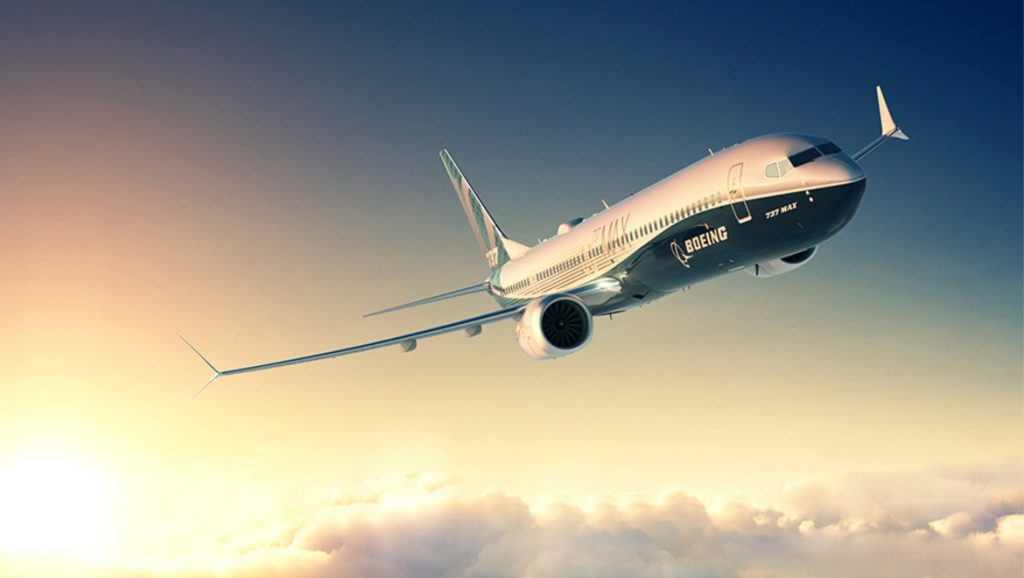
Boeing has announced it has been able to avoid 10,000 job losses that it originally warned of last year, after reporting its first quarterly profit in nearly two years.
The US planemaker released its second-quarter results on Wednesday, which included a core operating profit of $755 million in the second quarter, off the back of strong results in its defence and services divisions.
Boeing’s commercial aircraft division saw a $472 million loss for the quarter. Revenue overall also rose 44 per cent to about $17 billion.
With stronger-than-anticipated results, the planemaker announced it will no longer cut 10,000 jobs that it previously said was required, and will in fact continue to hire more employees to meet growing demand and fill critical skill positions.
Originally, the plan to cut those jobs would have spiraled its staff count down to 130,000 employees, but president and chief executive David Calhoun said the cuts are no longer necessary.
“With encouraging recovery trends and our investments in our people, we’re now planning to keep our overall workforce size roughly consistent with where we are today, at about 140,000 employees,” said Calhoun.
The company noted its future success would bank on the commercial market recovery and its trade relations with China.
Last May, Boeing told thousands of employees – most from Washington – they would receive layoff notices or voluntary buyouts after the company saw a downward trend of losses.
Now, as the company reported a revenue of US$17 billion and a commercial aircraft backlog of US$285 billion, Boeing will retain its staff to further recovery.
This is compared to its second-quarter results in 2020, in which it reported revenue of US$11.8 billion.
In 2020, Boeing operated around 141,000 staff across 65 countries including the US.
At its high point of staff, the planemaker employed roughly 174,000 staff in 2012, according to Statista.
The company is organised into three business units: Commercial Airplanes; Defense, Space and Security; and Boeing Global Services, which is its newest department, operational since 2017.
Its commercial aircraft sector made significant progress in the last quarter, following back-to-back crises of the 737 MAX disasters and the global pandemic.
The US Federal Aviation Administration approved the recertification of grounded 737 MAX in November last year, and Boeing has since delivered over 130 MAX jets to 30 different airlines.
Boeing customers made significant future investments with over 280 gross orders on this quarter’s backlog.
“We continued to make important progress in the second quarter as we focus on driving stability across our operations and transforming our business for the future,” Calhoun said.
“While our commercial market environment is improving, we’re closely monitoring COVID-19 case rates, vaccine distribution and global trade as key indicators for our industry’s stability.”











